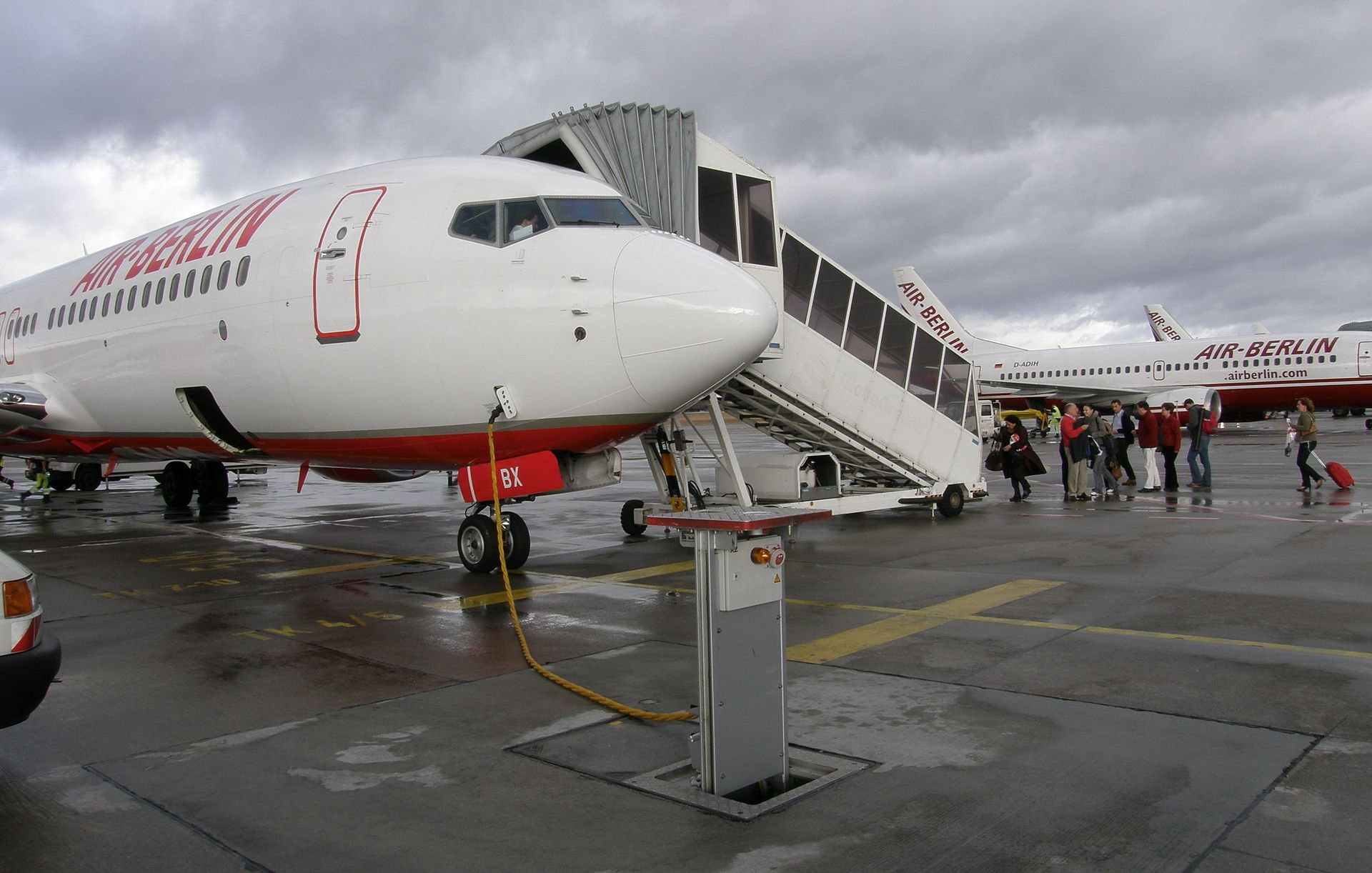Travelling by plane will become much faster. Not because the planes will get faster, but because the hassle of boarding and the queuing time at check-in and security will become less. At least that is the promise of a large project called PASSME, which is being led by TU Delft.
Passengers never know how much time it will take to check in, how long the queues are at security and customs, and how far the gate is. Sure, air travel is fast, but we would certainly be better off without the hassle, waiting time and uncertainty just before take-off. That is where the project PASSME comes in.
What is it?
PASSME, an abbreviation for Personalised Airport Systems for Seamless Mobility and Experience, is a European Horizon 2020 project that anticipates an increase in demand for commercial flights in Europe by 2050. Twelve partners are working together on this project, which is being coordinated by TU Delft. The other partners include the University of Nottingham, NLR, KLM, Schiphol Airport and Hamburg Airport. The project has run for three years and is now in the completion phase.
What is their goal?
The overall objective is to reduce travel time by at least 60 minutes by “integrating information between all stakeholders and transforming airport and aircraft operations and interiors to make the passenger journey time efficient and seamless”, or so the official website explains. The project leader is Professor of Business to Business Marketing Sicco Santema of the marketing and supply management group of the Faculty of Industrial Design Engineering.
So what do Santema and his colleagues have in store for us? Here are three ways their innovations will make air travel more enjoyable.
- Not knowing
Your heart is pounding, and your temperature is rising. The smart wristwatch you are wearing also measures an increased sweat production. You are running through the airport and are clearly stressed. And for what? “Relax, you have plenty of time,” your watch suddenly tells you. “Your flight has been delayed, there are no queues at check-in and security. You will make it in time. Hell, you even have time to stop for a cup of coffee.”
Does this sound like a bizarre scenario? Not to Santema. He foresees a future in which your smartwatch or phone will know all about your flight schedule, the routes to the gate, queuing times, your physiological state, and where to get a good cup of coffee.
“People like to know what’s ahead of them. Whether they need to rush or if they can take it easy,” says the Delft researchers who performed experiments with passengers wearing smartwatches at Schiphol and at Hamburg airport. “The internet of things – the future network of physical devices, vehicles, home appliances and other items that all communicate with one another – will make this possible.”
- Luggage
Air travel hassle starts with the luggage. Getting to the airport with a big bag is no sinecure, especially when using the train. “Where do you put your luggage when you are in the train? There is hardly any room for it. Then the queuing time at check-in starts. This will all soon be a thing of the past. In the near future luggage will be loaded with sensors that indicate where the luggage needs to be delivered.
Parcel delivery services can pick up the luggage at your house or office and deliver it to your final destination, for instance at your hotel. I do not travel with luggage myself anymore, not even hand luggage. I send it all to my destination a few days before my flight leaves. Time spent at the airport can drastically be reduced with smarter ways to deal with luggage.”
- Boarding
Boarding is always a bother. Because the aisles are so narrow, you need to wait until the people in front of you have taken their seat before you can pass and get to your own chair. To solve this nuisance, the researchers developed a cunning mechanism allowing for the seats to be pushed closer together like a harmonica.
The technique involves pivoting armrests. If seats on both sides are pushed closer together, the aisle’s width increases by 16 inches. Enough for two passengers with a trolley to pass one another. The system was tested in the airplane laboratory on the TU campus, consisting of a disused piece of aircraft fuselage. An industrial partner is already manufacturing these types of chairs.
Another clever way to increase boarding speed is to have overhead luggage compartments light up when the passenger who is to be seated beneath approaches. This too is an Internet of things approach. The airplane knows the position of each passenger in the aircraft via their mobile devices and knows where everyone should be seated. Instead of spending time looking for the right spot to store luggage, passengers can immediately head towards their designated luggage compartment.
Do you have a question or comment about this article?
tomas.vandijk@tudelft.nl


Comments are closed.